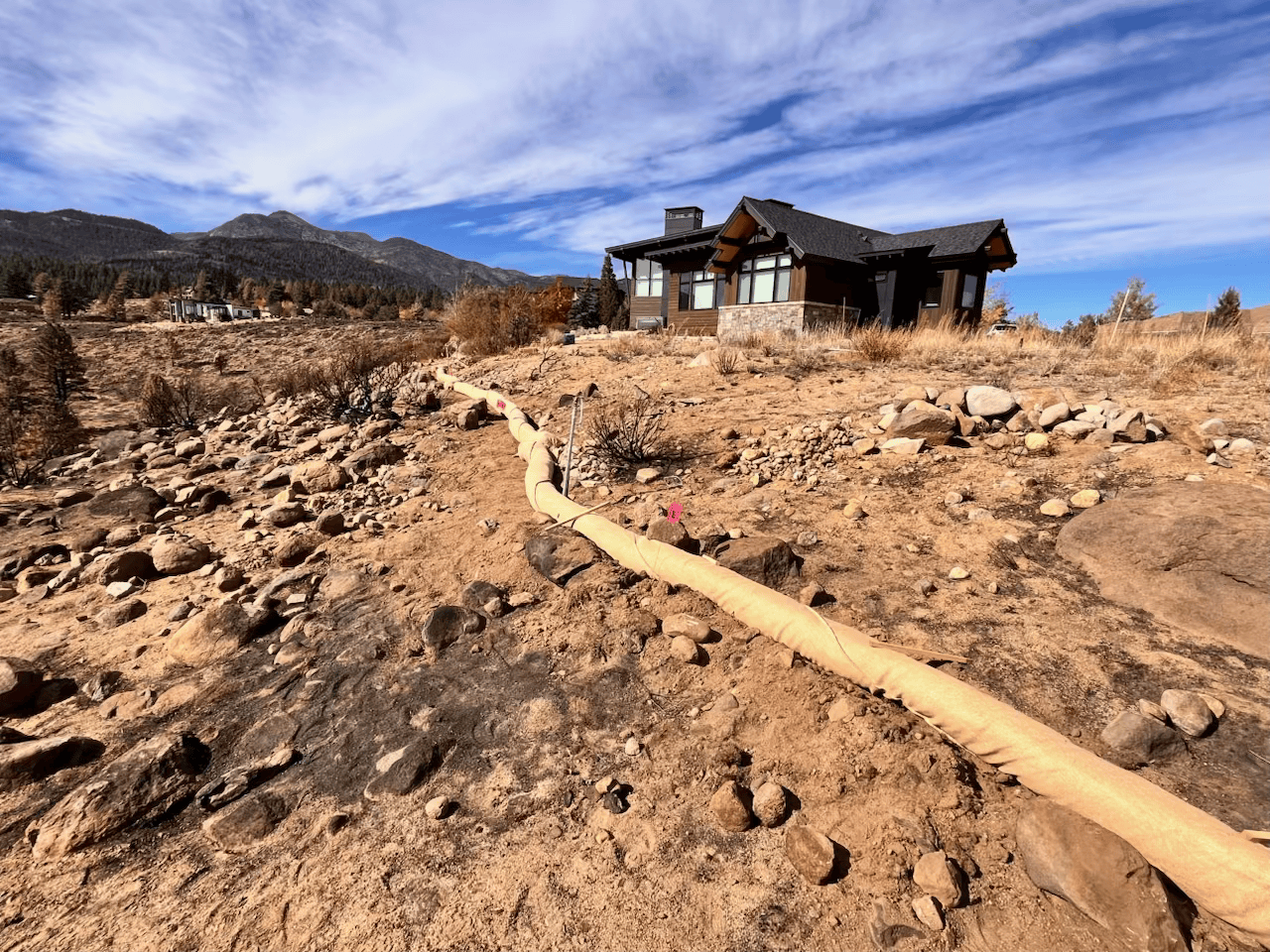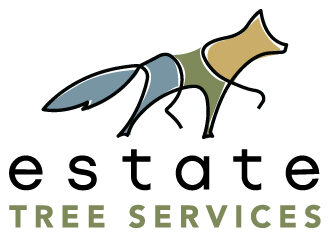TREE REMOVAL
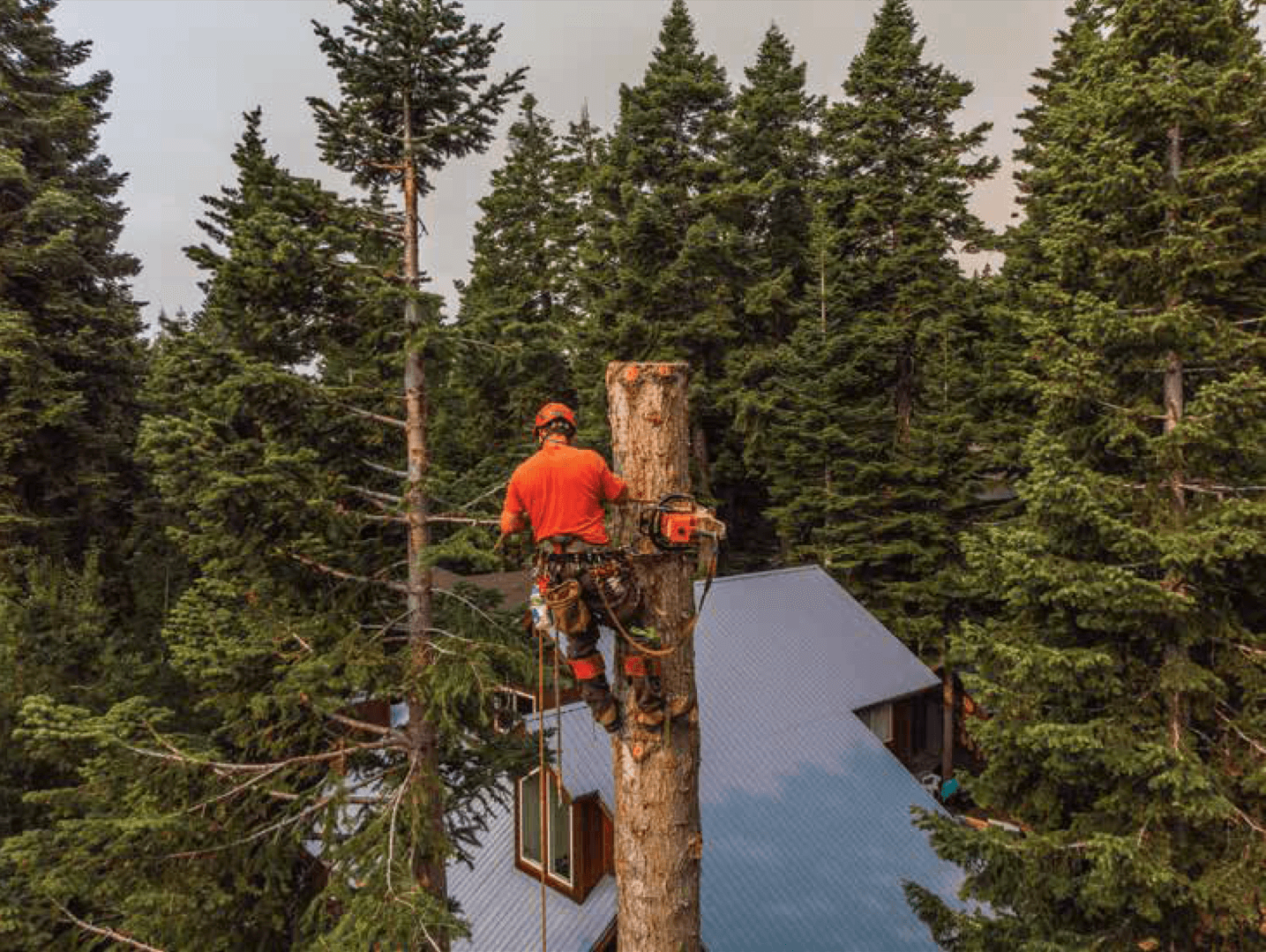
Pruning
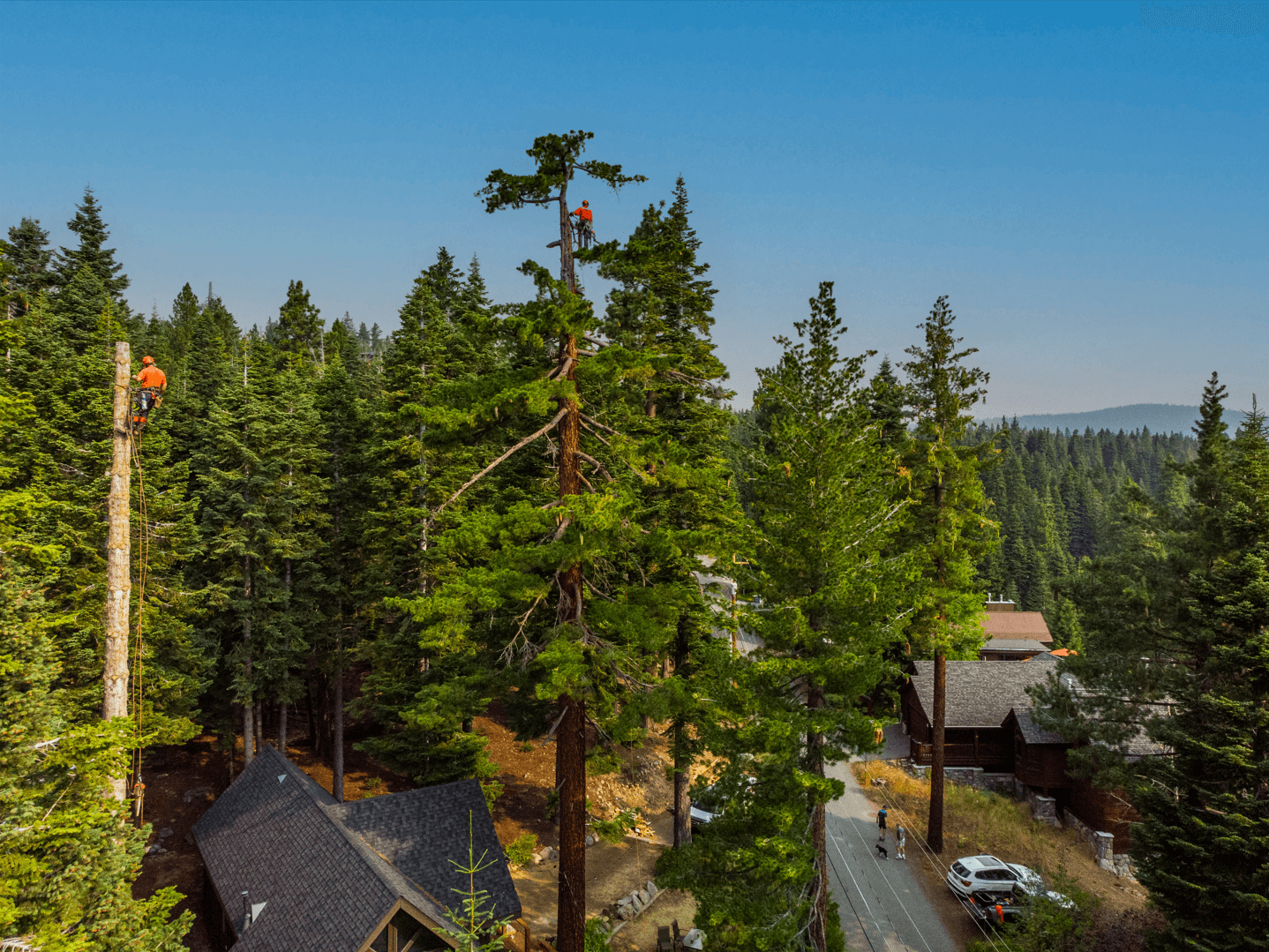
Pruning at Lake Tahoe is an important forest management practice focused on removing the lower branches of trees to reduce wildfire risk and improve forest health. By clearing these lower limbs—especially on larger trees—homeowners help prevent ground fires from climbing into the forest canopy, a process known as ladder fuel reduction. This technique is widely used around homes, trails, and recreation areas to create defensible space and promote safer conditions for both residents and visitors. In the Lake Tahoe Basin, Pruning is often done in coordination with other thinning and fuel reduction efforts, all guided by environmental protections to preserve the area’s unique wildlife habitat and scenic beauty.
Excellence in Tree Care Solutions
DEFENSIBLE SPACE
Defensible space at Lake Tahoe is a crucial mitigation strategy that involves creating a buffer between structures and surrounding vegetation to reduce the risk of wildfire damage. This space is established by clearing flammable materials, trimming vegetation, and maintaining a safe distance between trees and buildings. In the Lake Tahoe Basin, where forested communities are interwoven with natural landscapes, defensible space is essential for protecting homes. Estate Tree Service works with property owners to assess and implement defensible space guidelines tailored to the region’s specific environmental conditions.
Are you prepared for a wildfire?
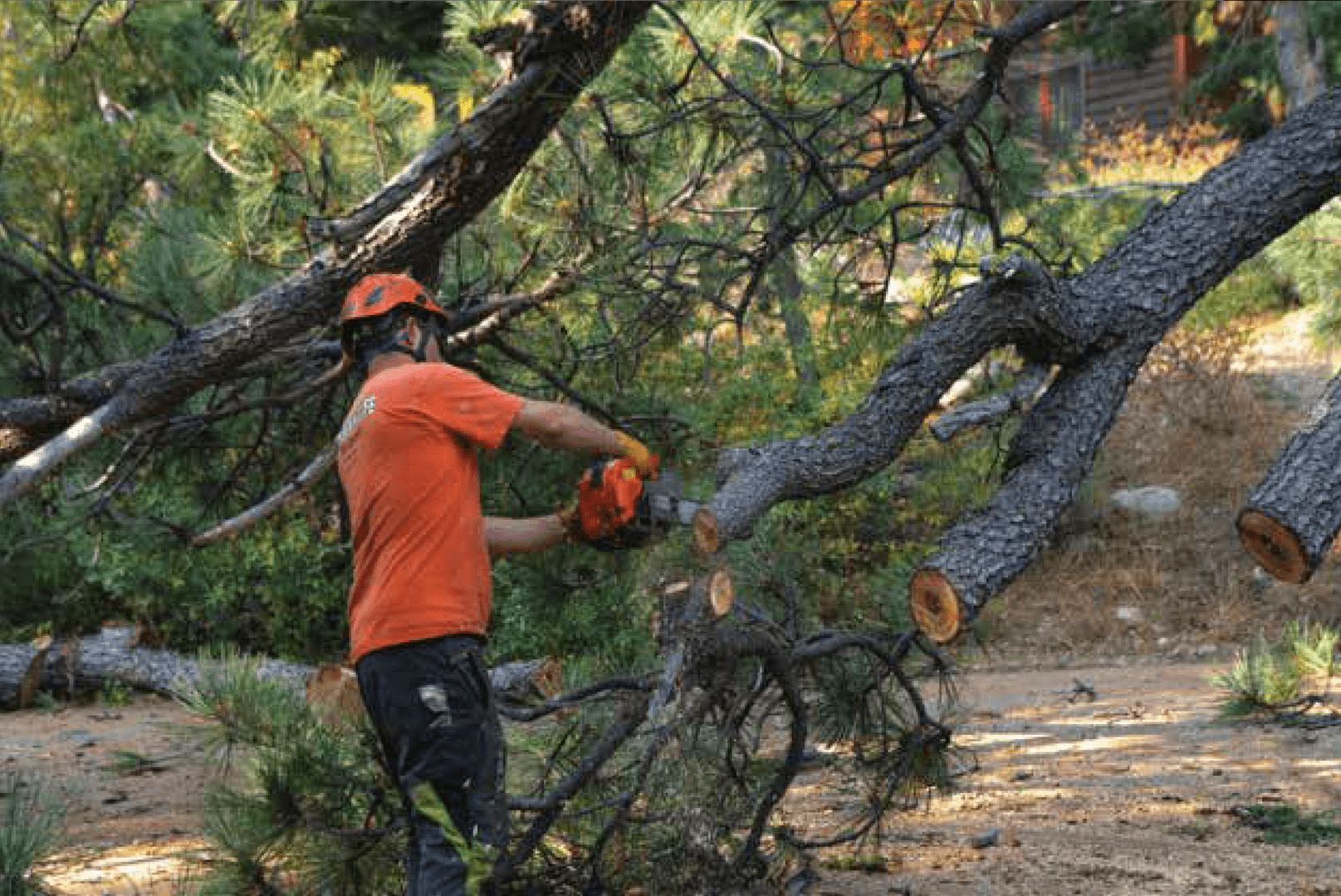
MASTICATION
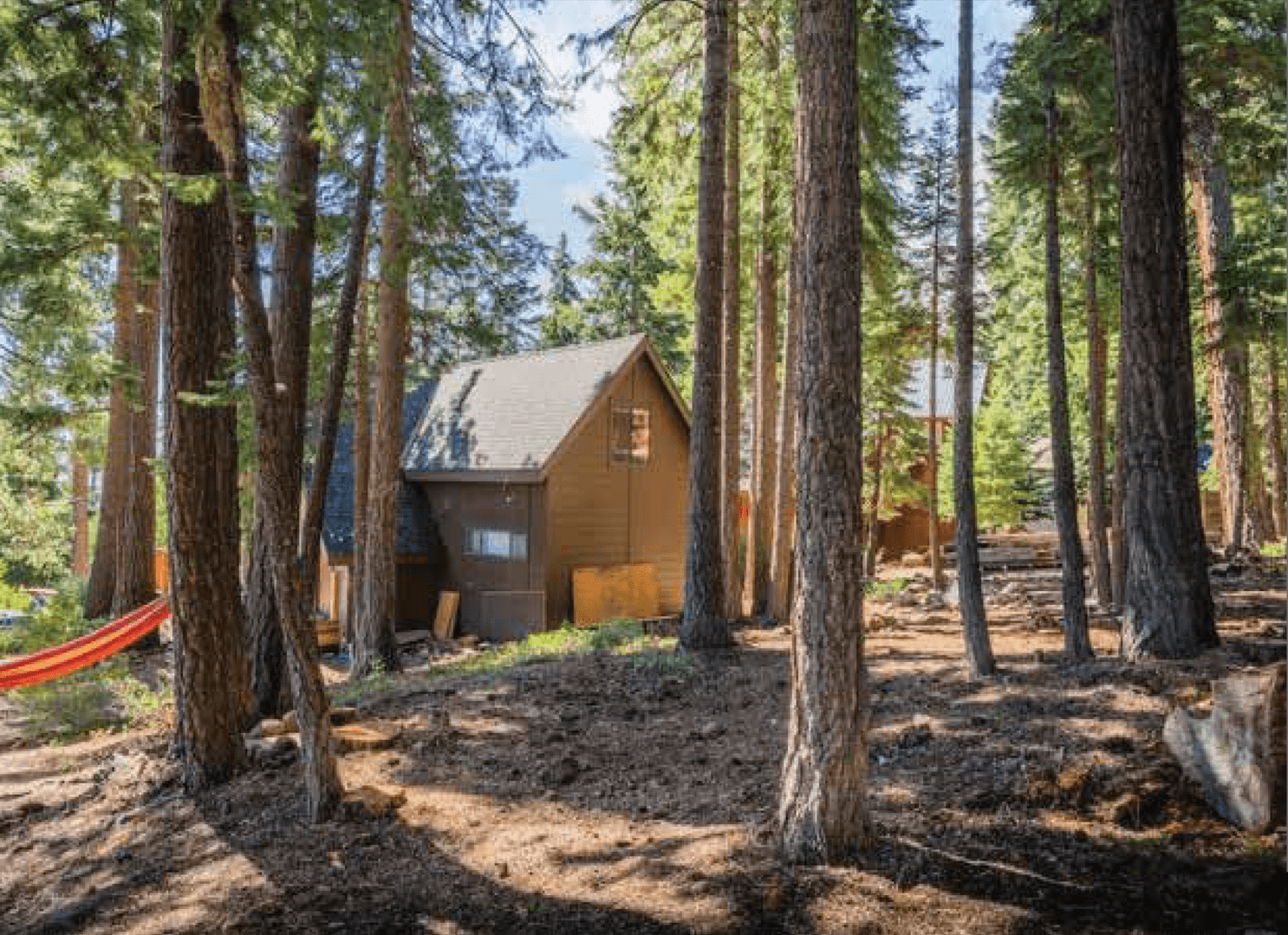
FIRE MITIGATION
